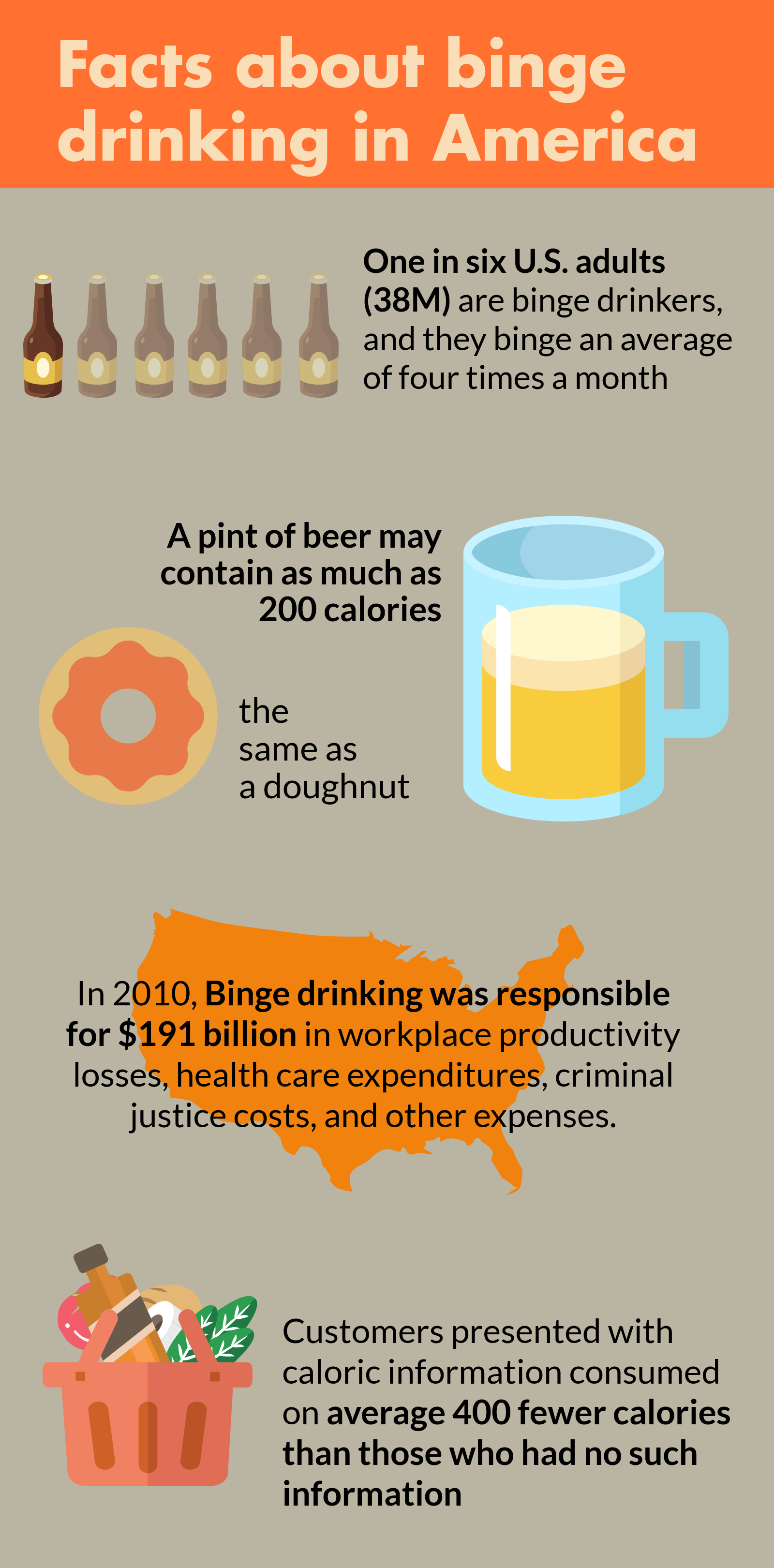National Consumers League renews call for legislation requiring child vaccinations
February 11, 2019
Media contact: National Consumers League – Carol McKay, carolm@nclnet.org, (412) 945-3242 or Taun Sterling, tauns@nclnet.org, (202) 207-2832
Washington, DC—After a harrowing account in a February 6, 2019 Washington Post article about the galloping rate of measles because of state laws permitting parents to forego – for personal or religious reasons — safe and effective vaccines for their children, the National Consumers League (NCL) is renewing its call for passage of strict vaccination laws.
“Vaccinations are proven safe and effective. They prevent diseases like measles, polio, smallpox, influenza, and diphtheria which used to terrify parents and send communities into panic. Vaccines should be seen as a gift of modern medicine. When you decide not to vaccinate your child, you’re endangering your child and your community,” said NCL Executive Director Sally Greenberg.
NCL supports laws that restrict exemptions. Greenberg continued: “Legitimate and well-documented health conditions should be the only reason to not vaccinate your children. The loophole of `personal preference’ or ‘religious exemptions’ has caused the “current epidemic and traffic in fear mongering and unfounded pseudo science. The link between autism and vaccines has been debunked time and again and yet anti-vaxxers persist in spreading bad information and contribute to the dangerous spread of deadly illnesses in their communities.”
NCL commends California, West Virginia, and Mississippi for allowing only medical exemptions to vaccine requirements. In 2016, NCL honored Dr. Richard Pan, a California State Senator, for his brave leadership on vaccine laws. In 2015, he authored landmark legislation abolishing all non-medical vaccine exemptions, legally requiring vaccines for school-aged children, thereby restoring community immunity from vaccine-preventable diseases. In his acceptance speech, Dr. Pan remarked, “Consumers need accurate guidance on medications that can improve their health, especially vaccines which benefit both patients and the public. NCL has been a strong partner as we strive to combat misinformation about vaccines.”
Unfortunately, most states permit religious exemptions from vaccines, and 17, including Washington, Oregon, and Idaho, currently allow philosophical exemptions. As a result of this policy, 7.9 percent of children in Clark County, WA were unvaccinated. NCL applauds Washington state Representative Paul Harris (R-Vancouver), who has introduced legislation that would ban personal or philosophical exemptions from the measles vaccine. To see where your state stands on non-medical vaccine exemptions, please click here.
NCL’s stance on vaccines
NCL admires the work of health advocates like Dr. Richard Pan and countless others who understand the vital role that vaccines play in protecting our communities. Vaccines are among the safest and most effective public health measures we have. NCL calls on all states to strike non-medical vaccine exemptions. Because of vaccines, we have the luxury of not worrying that our children or our families will contract these once devastating diseases. The measles outbreak is a wake-up call. Our message to parents and adults alike: get vaccinated!
###
About the National Consumers League
The National Consumers League, founded in 1899, is America’s pioneer consumer organization. Our mission is to protect and promote social and economic justice for consumers and workers in the United States and abroad. For more information, visit www.nclnet.org.


 Some nutritional consequences of binge drinking
Some nutritional consequences of binge drinking











